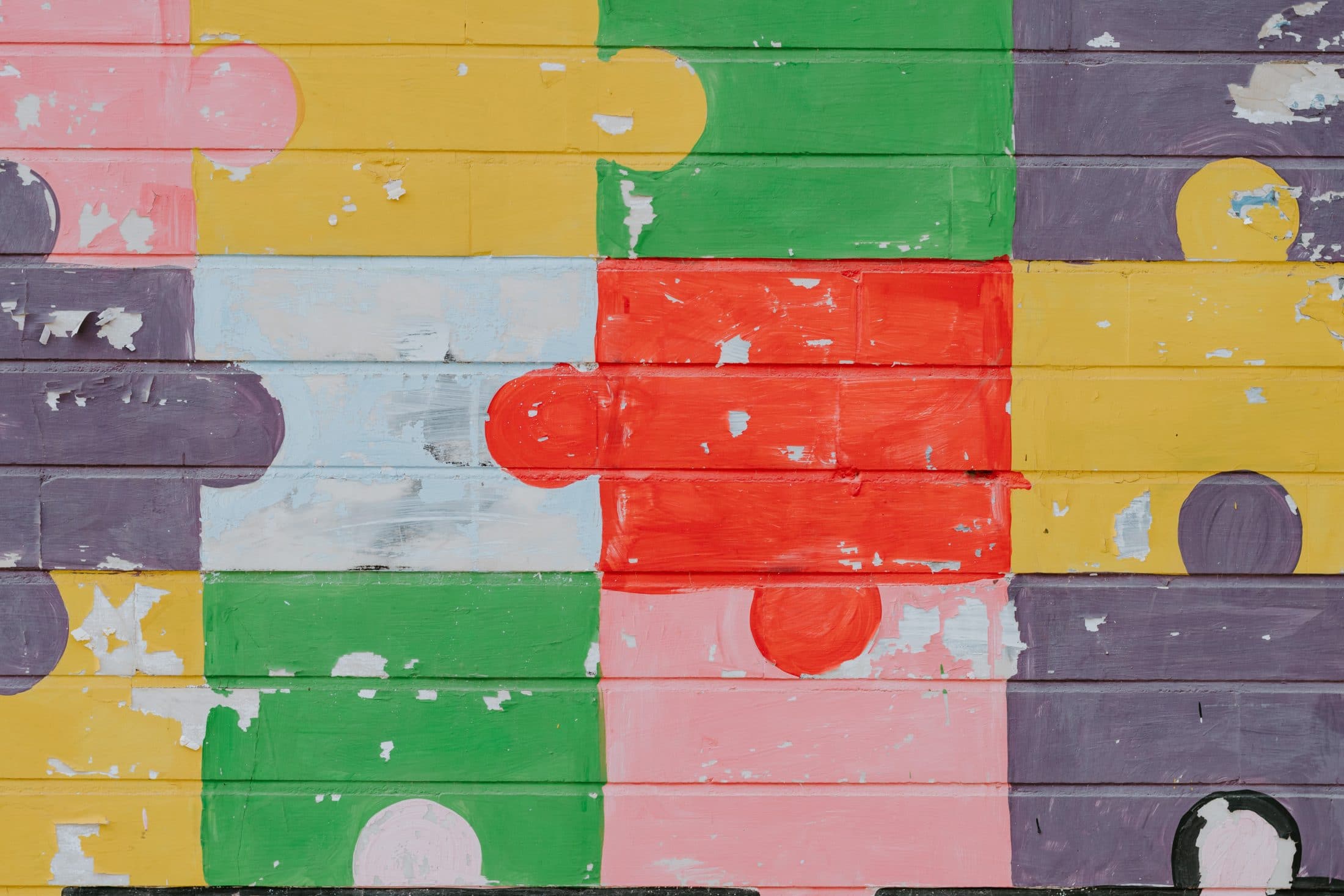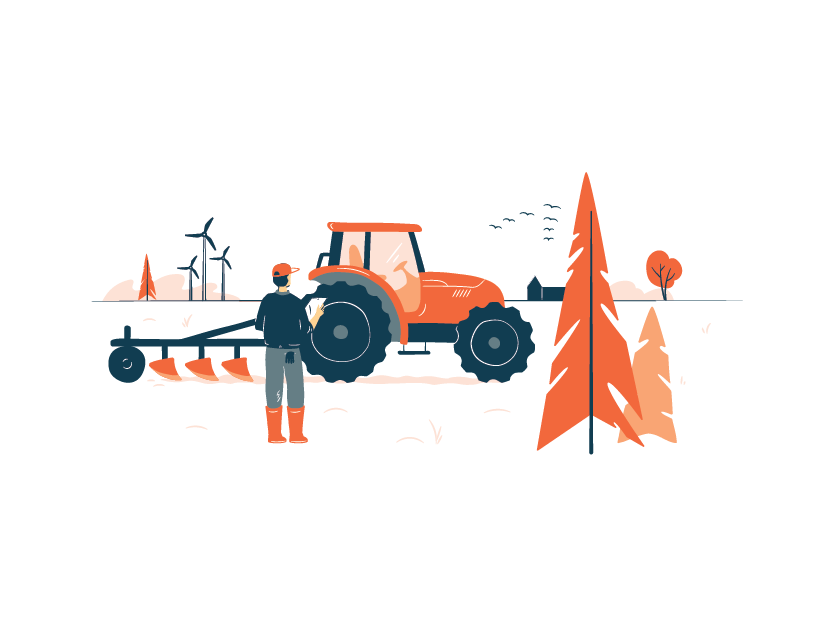Mielestäni muotoilu ei ole koskaan ollut niin muodikasta kuin nyt. Tiesitkö, että yli 80 % tuotteen ympäristövaikutuksista määritetään suunnitteluvaiheessa? Vaikka koko ICT-alan ympäristöhyödyistä ja -haitoista keskustellaan, voimme tehdä paljon digitaalisten palvelujen suunnittelussa.
Teininä 1990-luvulla (lähes 30 vuotta sitten) olin lukenut ilmastonmuutoksesta sanomalehdistä. Tutkijat sanoivat, että toimintamme saattaa aiheuttaa ilmakehän lämpötilan nousua… Myöhemmin hain ja opiskelin kestävää kehitystä. Siihen aikaan tuntui, että me opiskelijat olimme pieni joukko ”aktivisteja”, jotka ihmettelivät, miten ”kukaan muu” ei välittänyt ympäristöstä. Isoisäni uskalsi jopa kutsua minua ”kettutytöksi”, googlaa se. Mutta koska tai huolimatta nuorten ahdistuksesta, yhteiskuntamme on kehittynyt ja monet asiat ekologisen kestävyyden alalla ovat edistyneet. Esimerkiksi ”pierukaasusta” tuli vaihtoehtoinen polttoaine liikenteessä, ja muovipakkauksia kerätään ja kierrätetään (ei vielä tehokkaasti, mutta kuitenkin). Ja ehkä merkittävin muutos 1990-luvulta lähtien on ollut digitalisaatio. Vartuin oppien sähköpostin käsitteestä. Silloin en tiennytkään nykyisestä elämästäni.
Kestävällä kehityksellä tarkoitetaan (Brundtlandin komissio 1987) ”kehitystä, joka vastaa nykyhetken tarpeisiin tinkimättä tulevien sukupolvien kyvystä täyttää omat tarpeensa”. Valitettavasti vaarannamme edelleen monin tavoin nämä kyvyt. Kun aloitamme vuoden 2022, meidän tulisi muistaa, että joka vuosi ylitämme maailman ylikulutuspäivän, ja esimerkiksi luonnon monimuotoisuuden vähenemiseen on kiinnitetty yhä enemmän huomiota, mikä tarkoittaa, että olemme menettämässä luonnon kykyä tarjota meille palveluja, joihin viime kädessä luotamme.
Ennen Gofore Crew’hun liittymistäni työskentelin energiateollisuudessa suunnittelijana ja ympäristöasiantuntijana ja myöhemmin ympäristökonsulttina, jolloin tarjosin ilmasto- ja kiertotalouspalveluja teollisuudelle ja julkiselle sektorille. Siirtyminen kestävän kehityksen konsultoinnista palvelumuotoiluun vaikutti ehkä hieman oudolta useimpien mielestä. Kestävä suunnittelu ja ”design for the planet” ovat kuitenkin päivän puheenaiheita. Kuten kestävät ratkaisut, myös palvelumuotoilu ei ole itseisarvo. Se liittyy liiketoimintaan, ympäröivään ympäristöön ja muihin muotoilualoihin. Organisaatioilta se edellyttää kykyä ajatella pitkällä aikavälillä, ja nyt työskenneltyäni lähes kuusi kuukautta Goforella näyttää siltä, että monet teollisuudenalat ovat omaksuneet palvelumuotoilun arvon. Palvelumuotoilussa ei ole kyse kivojen työpajojen järjestämisestä tai ”hienojen juttujen” yhteisestä luomisesta. Se, mitä teemme, palvelee tarkoitusta. Oma inspiraationi muotoiluun on peräisin asiakaskokemuksen ja asiakassuhteiden ylläpidosta asiakaspäällikkönä ja ympäristövaikutusten vähentämiseen tarkoitettujen välineiden ja käytäntöjen kehittämisestä sekä eri sidosryhmien huomioon ottamisesta.
Nykyään monet alat ovat ottaneet valtavia harppauksia esimerkiksi ilmastotoimissa, ja kestävien teknologioiden ja ratkaisujen kysyntä kasvaa, mutta tehtävää on vielä paljon. Yritysten tämän hetken kestävyyshaaste numero yksi liittyy tiedon hallintaan ja hyödyntämiseen sekä erilaisten toimitusketjujen kestävyyden kehittämiseen. Kun ostat tuotteen tai käytät palvelua, voit olla varma, että se on vaatinut monia vaiheita ennen kuin se on päätynyt sinulle. IPCC:n julkaistua viimeisimmän ilmastoraporttinsa on myös käynyt entistä selvemmäksi, että ilmastovaikutusten vähentäminen yrityksen tilojen ulkopuolella on tarpeen ja pian. Kun kuvittelen seuraavan 10 vuoden tai lyhyemmän ajanjakson, hiilineutraaliuden saavuttaminen ilman digitalisaation tai muotoilun roolia tuntuu lähes ”mission impossible” -tehtävältä (kyllä, Suomi tavoittelee hiilineutraaliutta vuoteen 2035 mennessä, ja sitä tarvitaan, jotta 1,5 °C:n ilmastotavoite voidaan alittaa). Ilmastokriisiin tai luonnon monimuotoisuuden vähenemiseen vastaaminen vaatii monia askelia ja todennäköisesti uudelleensuunnittelua matkan varrella, mutta voimme aloittaa kuvittelemalla, miltä maailma näyttäisi kiertotalouden ja ilmastoneutraalin talouden piirissä vuonna 2035:
- Kestävä kehitys on otettu johtamisperiaatteiden ja päätöksenteon ytimeen
- Vastuullisessa päätöksenteossa otetaan huomioon erilaiset vaikutukset ja myös elinkaari
- Kestävän suunnittelun arvot on tunnistettu, ja on löydetty uusia tapoja hallita elämäntapojamme.
- Tuotteet ja palvelut todella heijastavat kestävyyden periaatteita
- On olemassa menettelyjä ja välineitä, joiden avulla voimme määrittää ja analysoida omia vaikutuksiamme ja motivoitua vastuulliseen käyttäytymismuutokseen
Yhdessä asiakkaidemme kanssa työskentelemme kestävien mahdollisuuksien ytimessä
Yhdessä asiakkaidemme kanssa työskentelemme kestävien mahdollisuuksien ytimessä. Vaikka monia muutoksia toteutetaan lisäämällä resurssitehokkuutta, nykyaikaistamalla tuotantolaitoksia tai vähentämällä energian hiilidioksidipäästöjä, tulee edelleen olemaan haasteita, joihin teknologia ei pysty vastaamaan. Tarvitsemme uusia palveluja, jotka antavat meille uutta tietoa, ja uusi tieto johtaa tehokkaampaan, kestävämpään tai jopa kiertävään ”business as usual” -liiketoimintaan. Mikään näistä ei kuitenkaan toteudu ilman meidän ihmisten apua. Digitalisaation ja muutoksen kumppanina emme tarjoa vain digitaalisia ratkaisuja tai käytäntöjä tietojen ja informaation jakamiseen, vaan osallistumme auttamalla teitä ymmärtämään muutosta ja hyödyntämään sitä parhaalla mahdollisella tavalla. Lisäksi monet matalalla roikkuvat hedelmät on ehkä jo tehty, ja pian ennen vuotta 2035 meille jää haasteita, jotka vaativat suunnittelemaan enemmän yhteistyötä, enemmän tiedon jakamista ja enemmän ymmärrystä monimutkaisista ekosysteemeistä ja niiden vaikutuksista digitaalisella tavalla.
Jep, palvelumuotoilu ei ole vain palvelujen suunnittelua. Haluatko tietää lisää siitä, miten Goforen palvelumuotoilija voi auttaa organisaatiotasi ratkaisemaan erilaisia haasteita?



